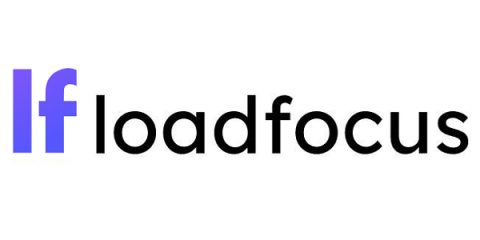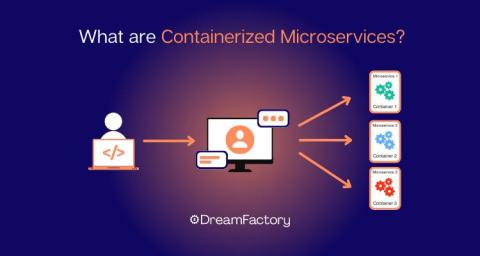Essential Database Management Tools for Data Analysts: A Comprehensive Guide
In today's data-driven landscape, data analysts rely on powerful database management tools to organize, query, and extract insights from vast datasets. With a multitude of options, choosing the right tool can significantly impact efficiency and performance. Tools like MySQL Workbench, SQL Server Management Studio, and Google BigQuery provide robust platforms for relational data management, while options such as MongoDB Compass cater to unstructured data needs.











